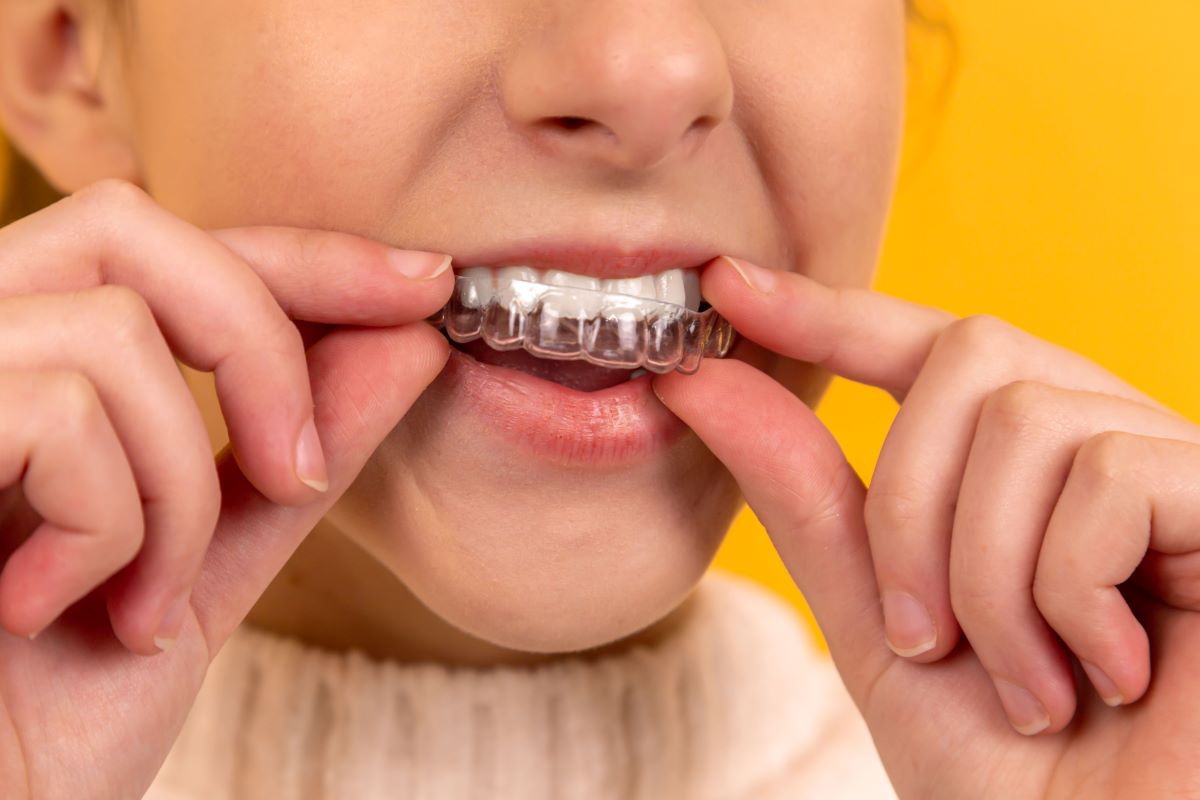It has long been a goal in orthodontics to develop places that were convenient to wear and completely unnoticeable. The traditional metal brace is nearly 100 years old and almost as old are clear ceramic braces. The very first versions of these were made from glass, which under tension had a habit of failing catastrophically; in turn, this reduced the widespread adoption and they never found their way into local clinics.
This is no longer the case as clear aligners can now be found in the best surgeries like the clear braces W1.The big change in their use was due to an improvement in material design; modern invisible braces are ceramic glass composites using many layers of glass and polymers, which are finely woven together. This gives them excellent tensile strength, similar to that of fiberglass whilst retaining the translucent properties of crystal glass.
Invisible braces vs invisible aligners
Over the last decade, invisible aligners have presented themselves as an orthodontic alternative to the brace. The difference is that a clear aligner is a plastic form that fits over the teeth, whereas invisible braces or ceramic braces have exactly the same properties as a traditional metal brace, just an alternative material.
Any orthodontic misalignment that can be treated with a traditional metal brace could be treated equally as well with a transparent ceramic brace. Neither type is appropriate for mild to moderate cases of dental misalignment, which will typically be treated with a clear aligner.

There are advantages in the use of clear aligners, but for those patients who require aggressive treatments (but wish to have minimally invasive aesthetically neutral solutions), transparent ceramic braces are probably their best option.
For patients who would simply refuse traditional orthodontic care, invisible braces are genuinely transformative, allowing clinically significant changes to their teeth. Correctly aligned dental work is not just a matter of aesthetics but one of function; misaligned teeth are more stressed during eating due to the poorly meshing contact surfaces of the molars and the inability for canines to cut food correctly. Misalignments can also distort speech, resulting in issues with pronunciation. There are also limitations of brushing severely crooked teeth, which inevitably have hard-to-reach areas where plaque can accumulate and cavities form.
Where can I get invisible braces?
Invisible braces are available in a wide range of dental clinics and specialist orthodontics. There are suppliers of clear aligners who focus solely on adult orthodontics and will provide custom-made sapphire glass aligners, but these are more specialist than invisible braces.
Clear aligners are not only appropriate for adults, but can be used for young adults and teenagers. With modern composite materials, they are hardy enough to keep up with the most sporty or active lifestyle just as well as your standard metal brace.
It is unlikely that the clear brace will ever truly replace metal braces simply because of the additional complexity in their manufacturer raising their production cost. Also, the NHS considers the standard metal brace the default treatment for most orthodontic conditions, so it seems unlikely that it will ever truly vanish.






